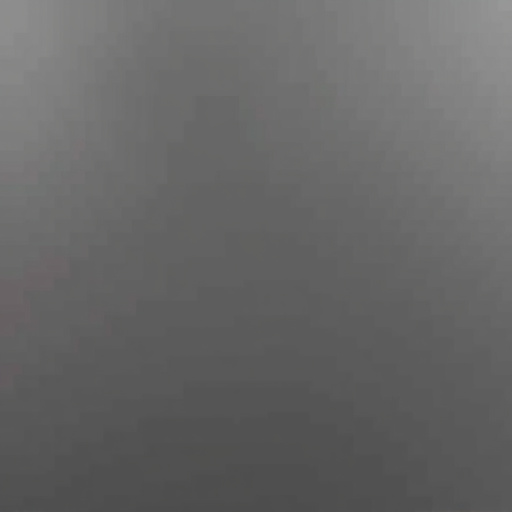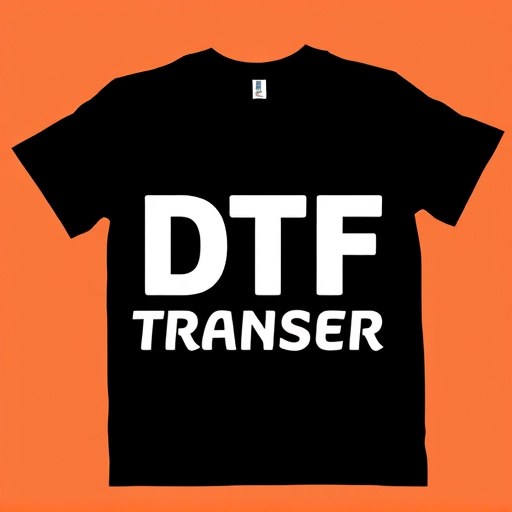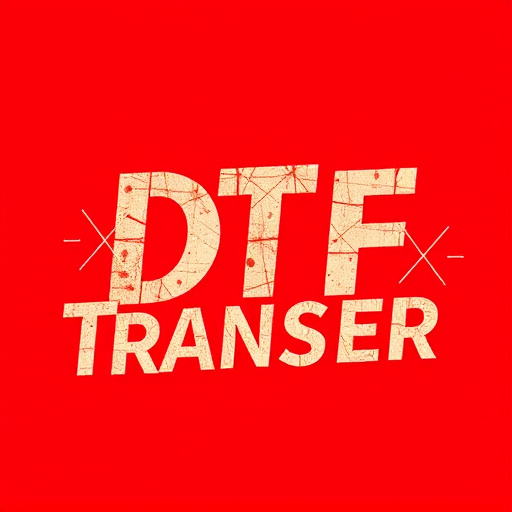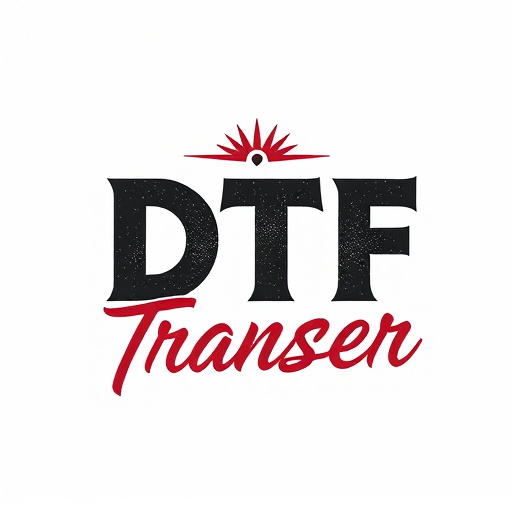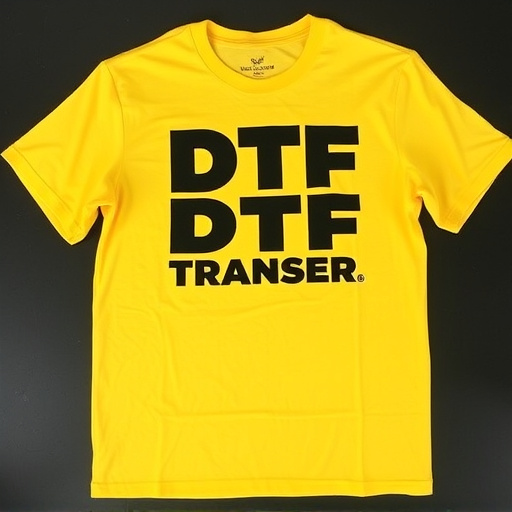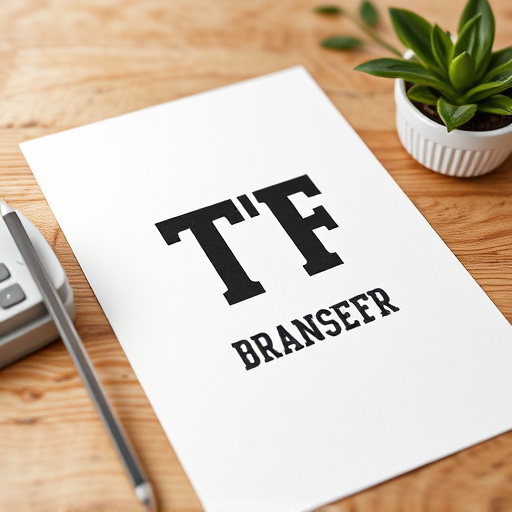Direct-to-Film (DTF) transfer printing and dye sublimation are two cutting-edge print technologies. DTF excels in producing vibrant, detailed prints on diverse materials via ink transferred from a film, making it ideal for small batches, custom designs, and outdoor use. Dye sublimation, using heat to embed dye into polyester, offers superior color accuracy and durability for high-volume printing like photos and premium textiles. Both methods cater to distinct needs: DTF for fine details and versatility; dye sublimation for soft colors and durable results.
In the world of printing, Direct-to-Film (DTF) transfers and dye sublimation offer distinct approaches to creating high-quality images. This article delves into these two methods, providing a comprehensive overview for informed decision-making. From a brief exploration of DTF’s direct application process to understanding the molecular magic of dye sublimation, we uncover the advantages and unique characteristics of each. Key differences in image quality, durability, and applications will help you choose the ideal printing method for your needs, whether it’s for vibrant posters or long-lasting merchandise.
- Understanding Direct-to-Film (DTF) Transfer: A Brief Overview
- Dye Sublimation Printing: The Process and Its Advantages
- Key Differences Between DTF Transfer and Dye Sublimation
- Image Quality and Resolution Comparison
- Durability and Longevity of DTF Prints vs. Sublimated Prints
- Applications and Use Cases for Each Printing Method
Understanding Direct-to-Film (DTF) Transfer: A Brief Overview
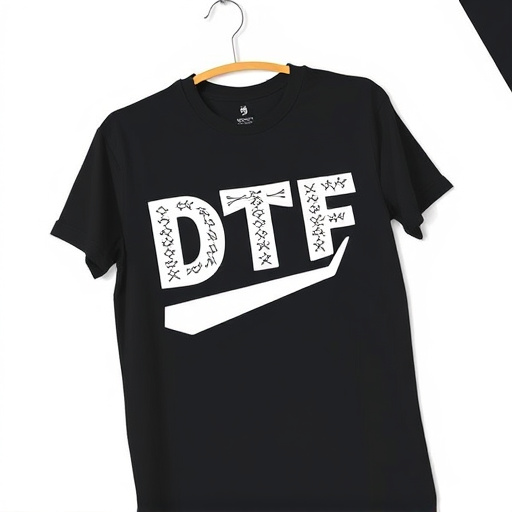
Direct-to-Film (DTF) transfer is a printing method that has gained significant traction in recent years, particularly for creating high-quality prints and graphics on various materials. This technology involves transferring ink or dye directly onto a film surface, which can then be applied to a wide range of substrates like textiles, plastics, and even metals. DTF offers several advantages, including vibrant colors, precise detail reproduction, and the ability to print on non-porous surfaces, making it a preferred choice for many businesses and artists.
The process starts with designing or importing artwork into specialized software, where it’s prepared for printing. Then, a clear film layer is coated with dye or pigment ink, allowing for direct application onto the target material. This method eliminates the need for intermediate steps like plate preparation or screen printing, streamlining the production process and reducing setup times. DTF is especially useful for small-batch runs, on-demand printing, and custom designs, ensuring that businesses and individuals can easily create unique, high-impact DTF prints.
Dye Sublimation Printing: The Process and Its Advantages
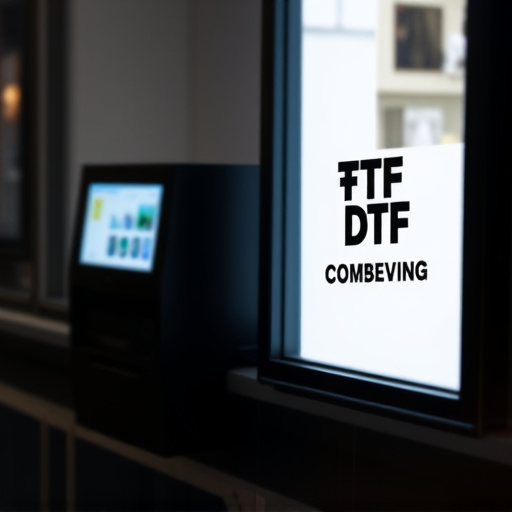
Dye Sublimation Printing is a cutting-edge technology that has revolutionized the way we create high-quality prints and images. This process involves transferring dye onto a medium, typically polyester or nylon, using heat and pressure. The material is heated to its transition temperature, allowing the dye molecules to permeate the surface before cooling down, resulting in vibrant and accurate color reproduction.
One of the key advantages of Dye Sublimation Printing is its ability to produce stunningly detailed and colorful prints. DTF (Direct-to-Film) transfers utilizing this method can achieve remarkable image clarity and depth, making them ideal for various applications, from artistic creations to promotional materials. Additionally, it offers a cost-effective solution for bulk printing, as the process involves a single pass, eliminating the need for multiple coatings or layers. This makes DTF prints a popular choice for businesses and individuals seeking high-quality, long-lasting results without breaking the bank.
Key Differences Between DTF Transfer and Dye Sublimation

When comparing DTF Transfer (Direct-to-Film) and dye sublimation printing, a key difference lies in their production methods. DTF Transfer involves transferring ink from a film or plate directly onto a substrate, suitable for a variety of materials like fabric, metal, and plastic. This process is often faster and more cost-effective, ideal for small batches and on-demand printing.
Dye sublimation printing, on the other hand, uses heat to transfer dye from a solid state (dye pellets) directly onto the substrate, resulting in vibrant colors and smooth gradients. It’s best suited for high-volume productions and applications requiring intricate detail and rich color accuracy, such as photo prints and high-end textiles. This method offers superior durability and a more nuanced visual experience compared to DTF Transfer.
Image Quality and Resolution Comparison
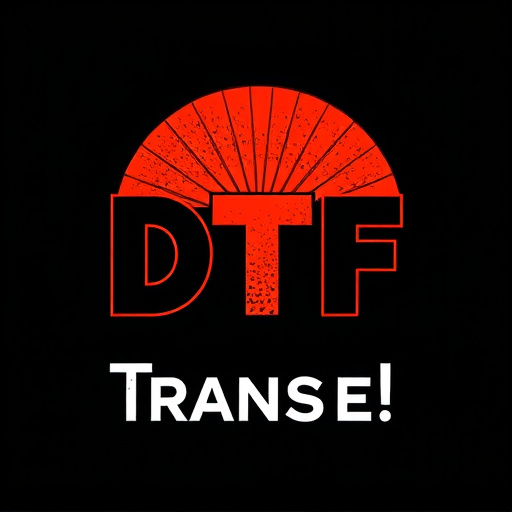
When comparing direct-to-film (DTF) transfers and dye sublimation printing, image quality and resolution are key factors to consider. DTF transfers offer a high level of detail and clarity, as the process involves transferring ink directly onto the surface of the media, resulting in sharp lines, vibrant colors, and fine texture reproduction. This makes DTF ideal for creating high-quality prints that closely mimic the original artwork or photograph.
On the other hand, dye sublimation printing also produces impressive images but with a slightly different approach. It involves heating dyed nylon particles until they sublimate and bond to the substrate, providing a smooth, durable finish. While DTF transfers excel in maintaining fine details, dye sublimation printing can offer a more subtle gradient of colors and softer transitions, making it suitable for art prints or applications where a more organic look is desired.
Durability and Longevity of DTF Prints vs. Sublimated Prints
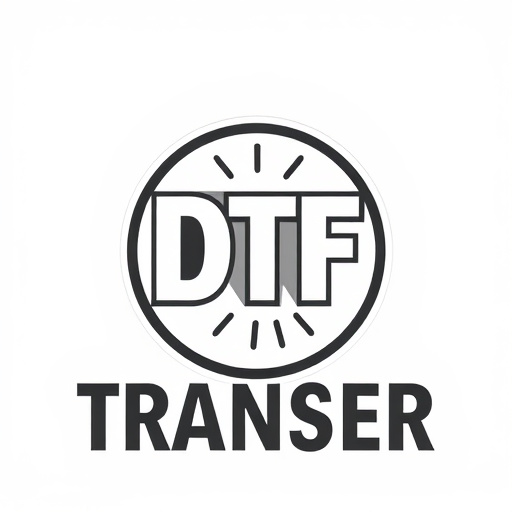
Direct-to-film (DTF) transfers and dye sublimation printing are two distinct methods for creating high-quality prints, each with its unique advantages and considerations regarding durability and longevity. DTF transfers involve applying ink directly onto a film, which is then bonded to various materials like textiles or plastics. This process results in vibrant colors and sharp details, making DTF prints highly durable and suitable for outdoor applications or items subjected to frequent handling. The bonds formed between the ink and substrate are strong, ensuring the prints remain intact even under harsh conditions.
On the other hand, dye sublimation printing achieves its exceptional quality by infusing dye into a solid medium, typically polyester. This method offers exceptional color accuracy and a soft, glossy finish. Sublimated prints are equally durable but may not perform as well in extreme environments compared to DTF transfers. They are particularly suitable for items that will primarily be displayed or used indoors, where they can maintain their vibrancy and clarity over extended periods without significant fading or damage.
Applications and Use Cases for Each Printing Method

Direct-to-film (DTF) transfers and dye sublimation printing are two distinct methods with unique applications in various industries. DTF transfers have gained popularity for their versatility and ability to produce high-quality prints on a wide range of materials, including fabric, metal, wood, and plastics. This method is particularly useful for custom clothing, promotional items, signages, and art pieces, allowing businesses and artists to create personalized, vibrant designs with excellent color accuracy. DTF is also favored for its fast production times and cost-effectiveness, making it ideal for small batch runs or one-off projects.
On the other hand, dye sublimation printing has established itself in professional settings like photo labs, graphic design studios, and marketing agencies. It excels in producing high-resolution, full-color prints on various media, especially heat-sensitive paper. This technique is commonly used for creating photos, posters, banners, and even custom phone cases. Dye sublimation offers a rich color palette and exceptional image quality, making it a preferred choice for fine art printing and professional display purposes. Its ability to seamlessly blend colors and produce subtle gradients contributes to the overall aesthetic appeal of the final product.

